MICHAEL CORINNE WEST (1908-1991)
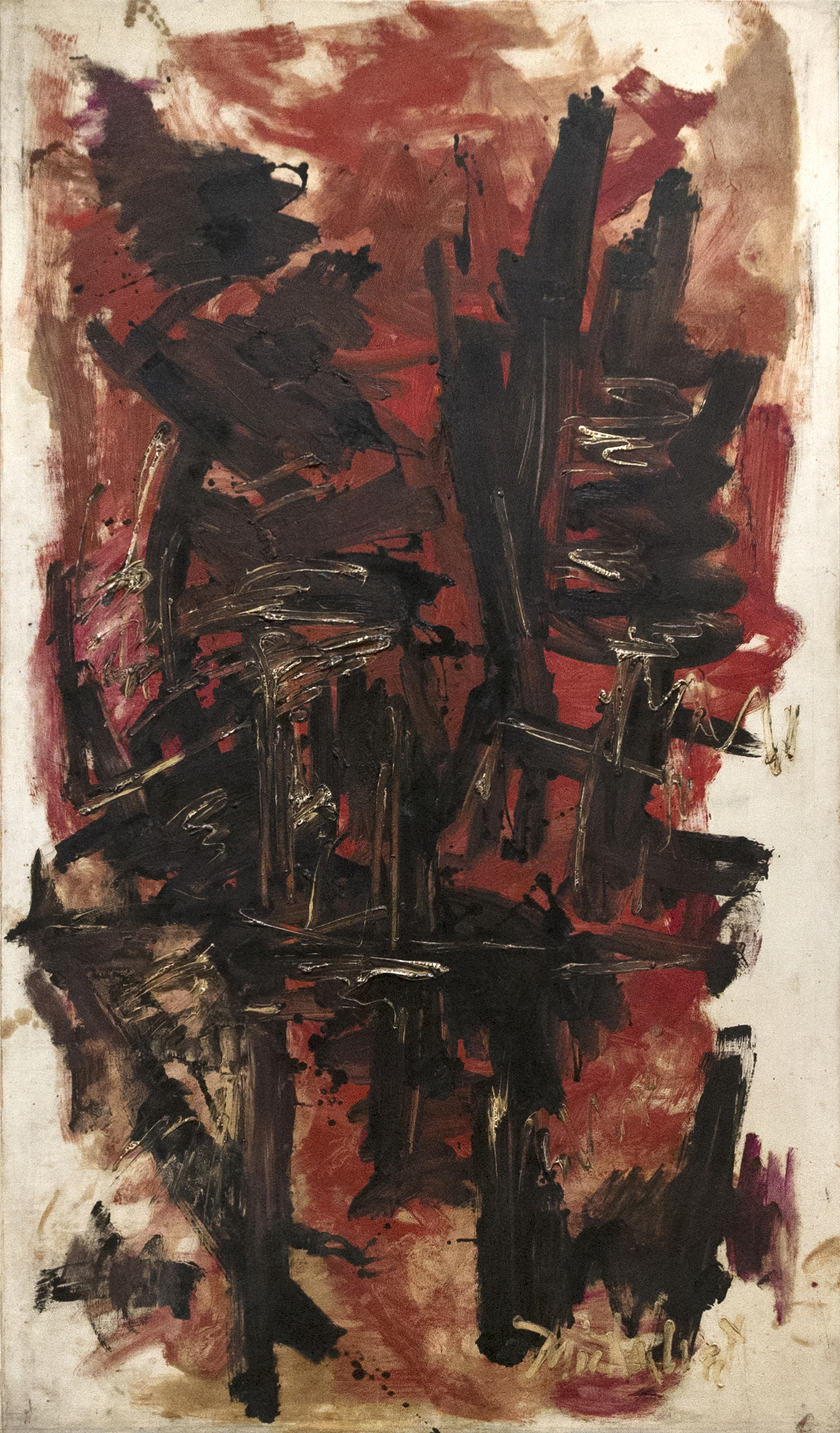
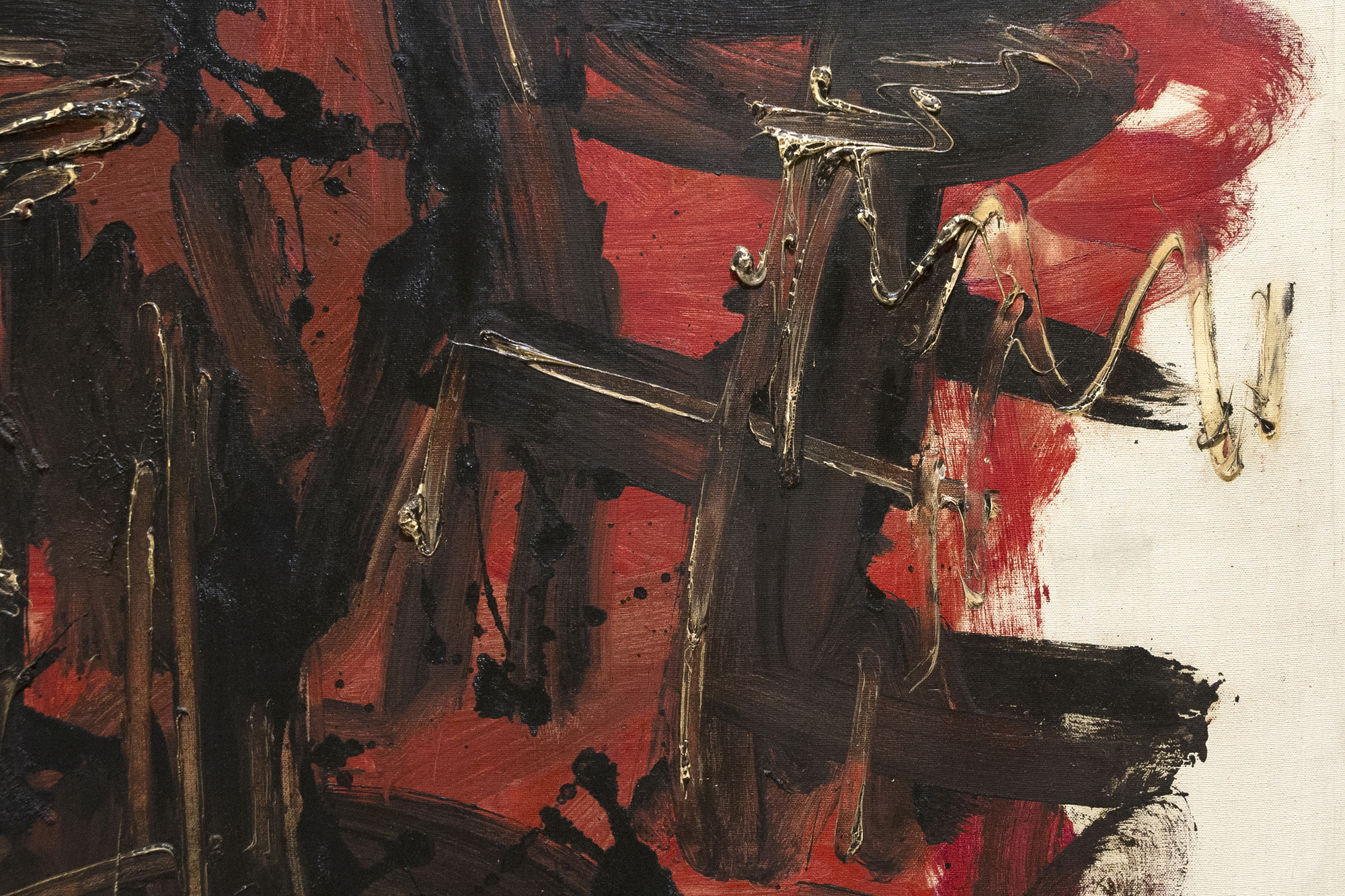

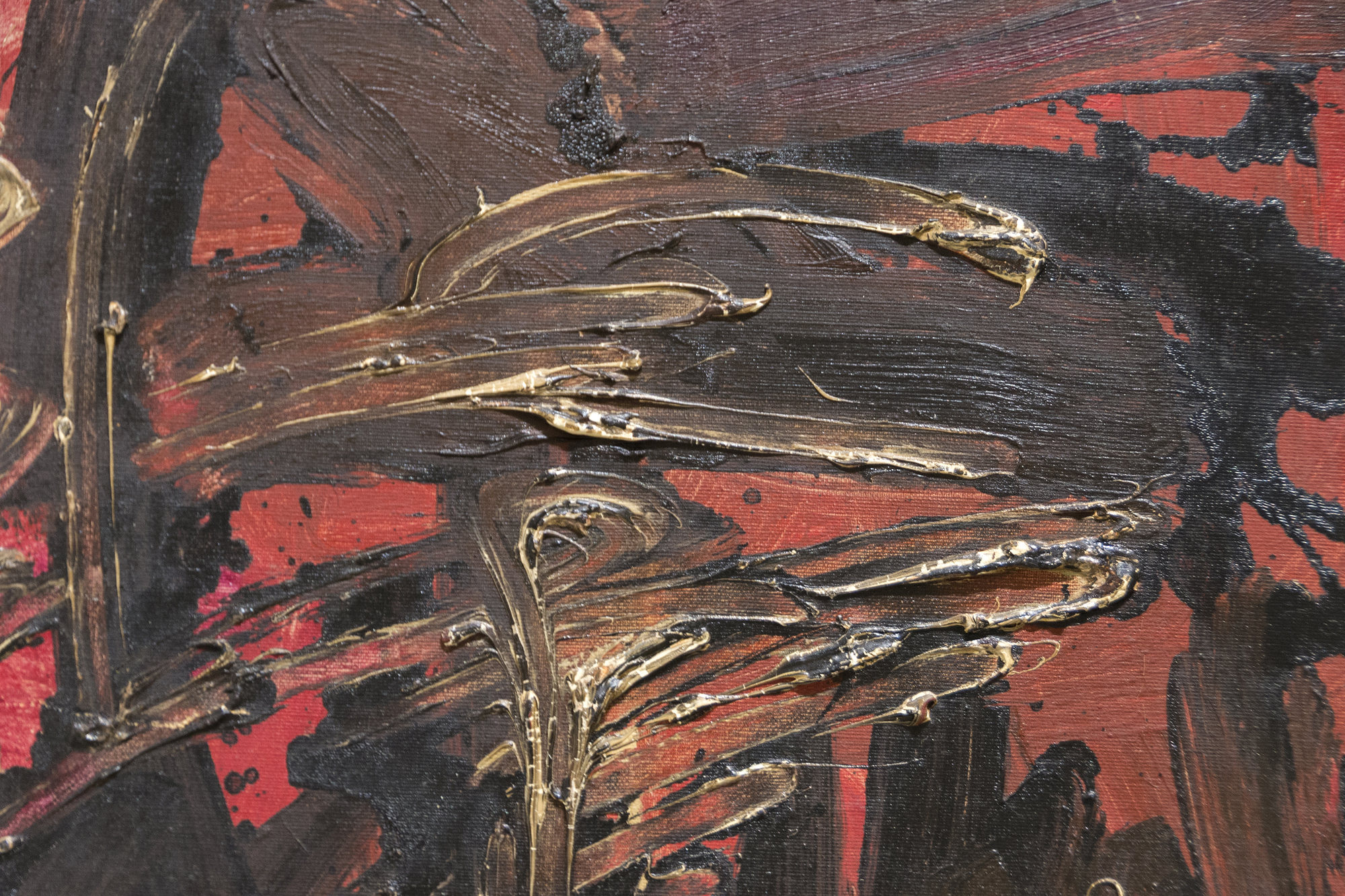
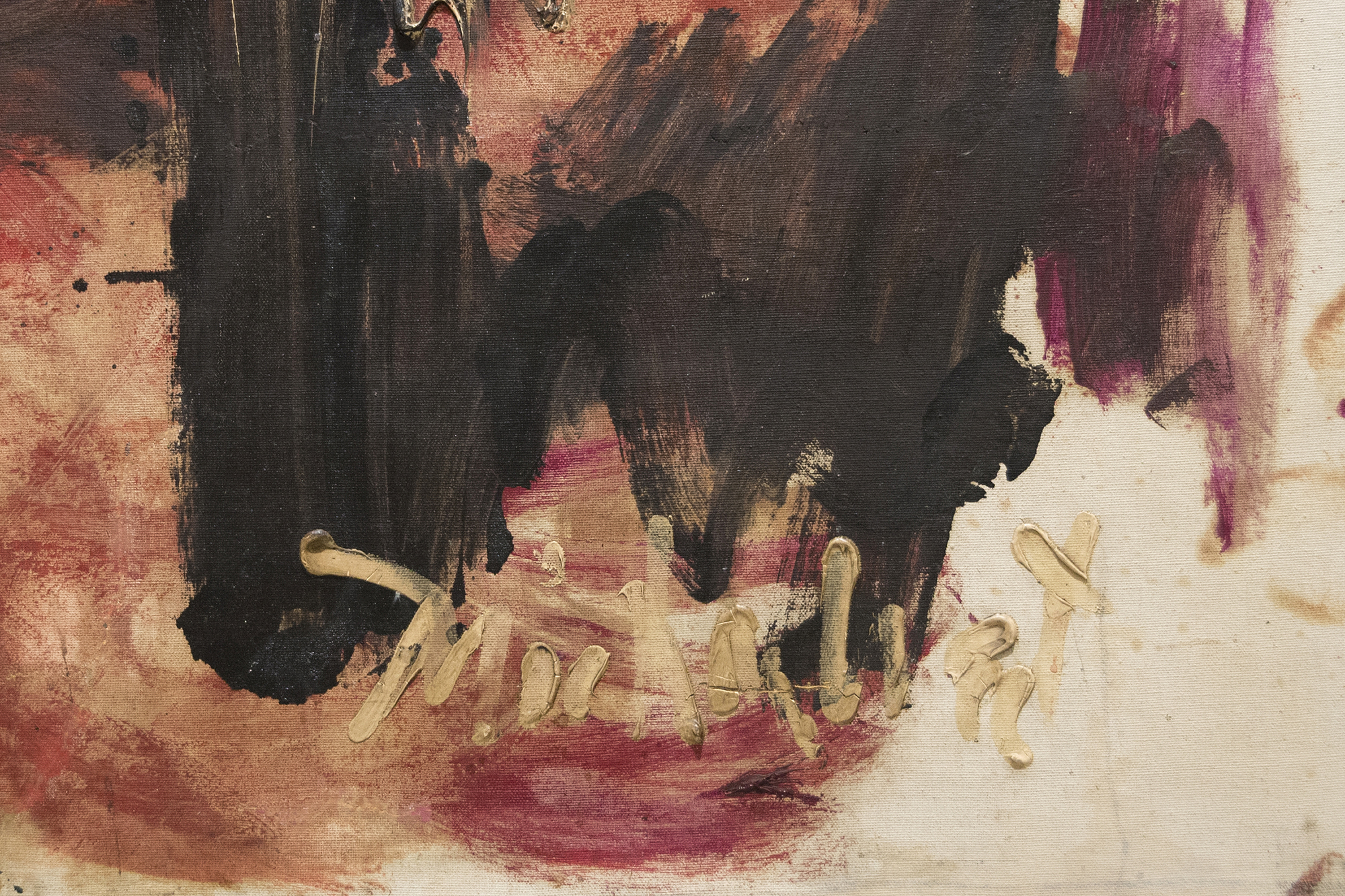
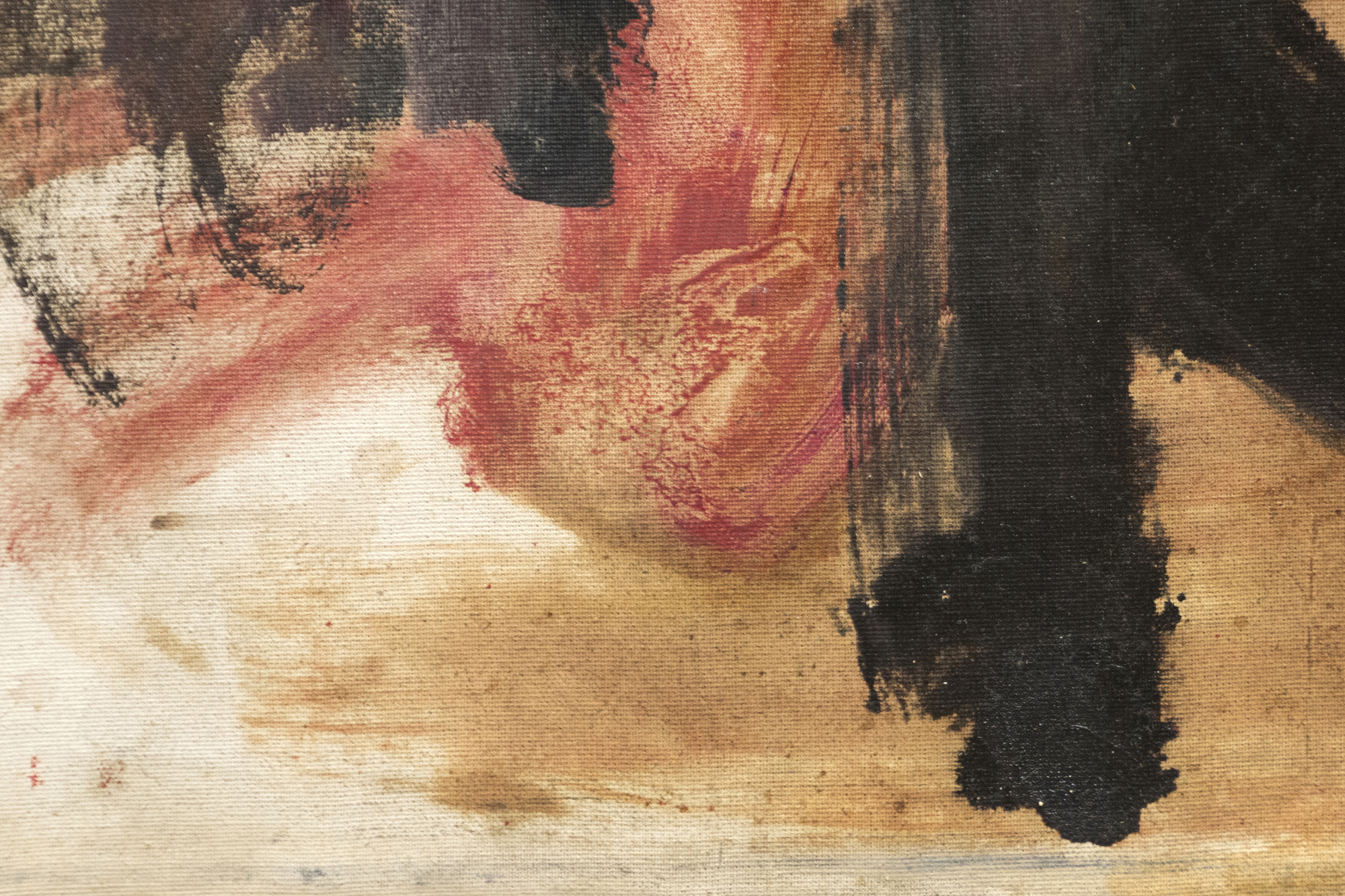
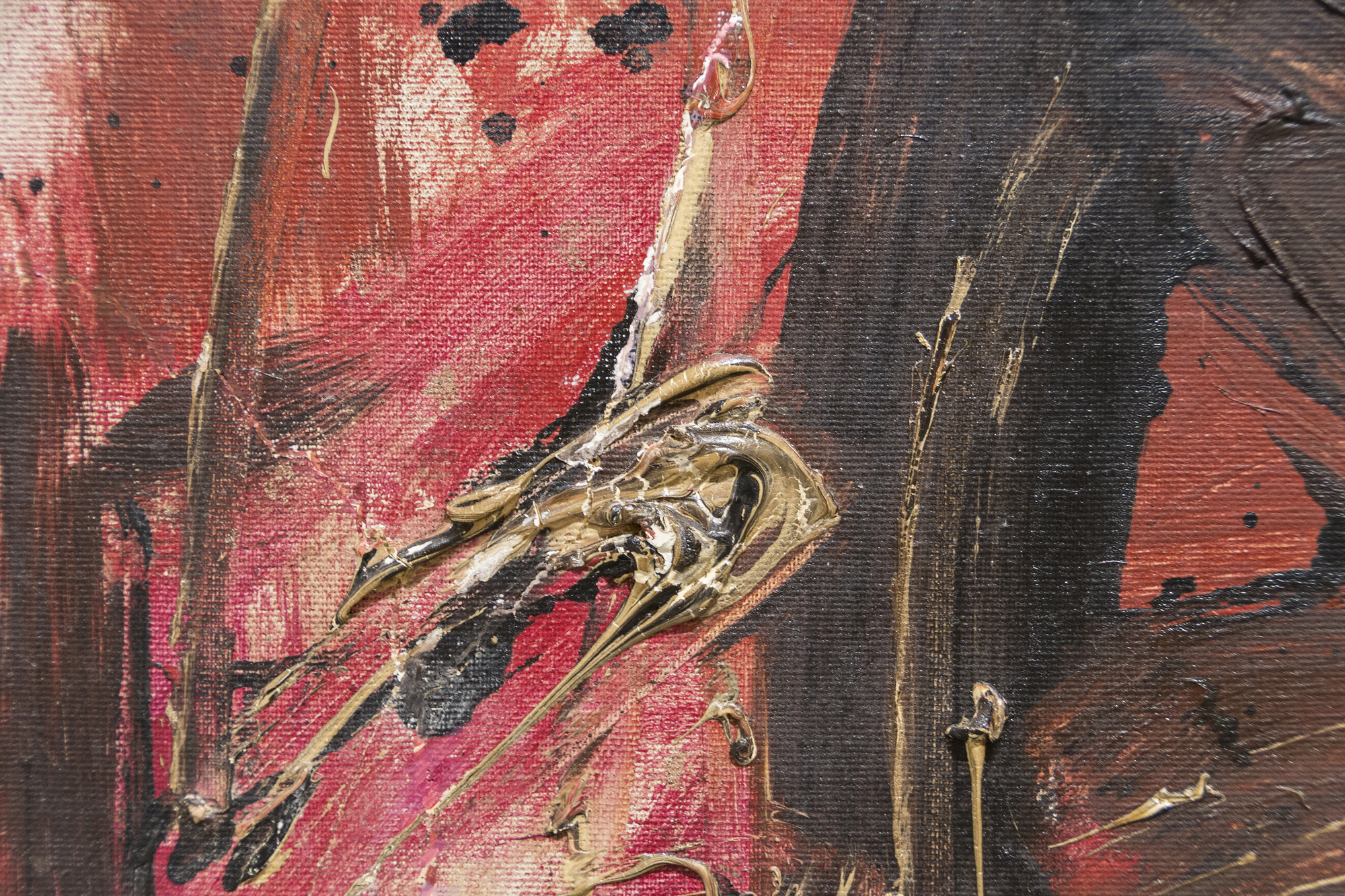
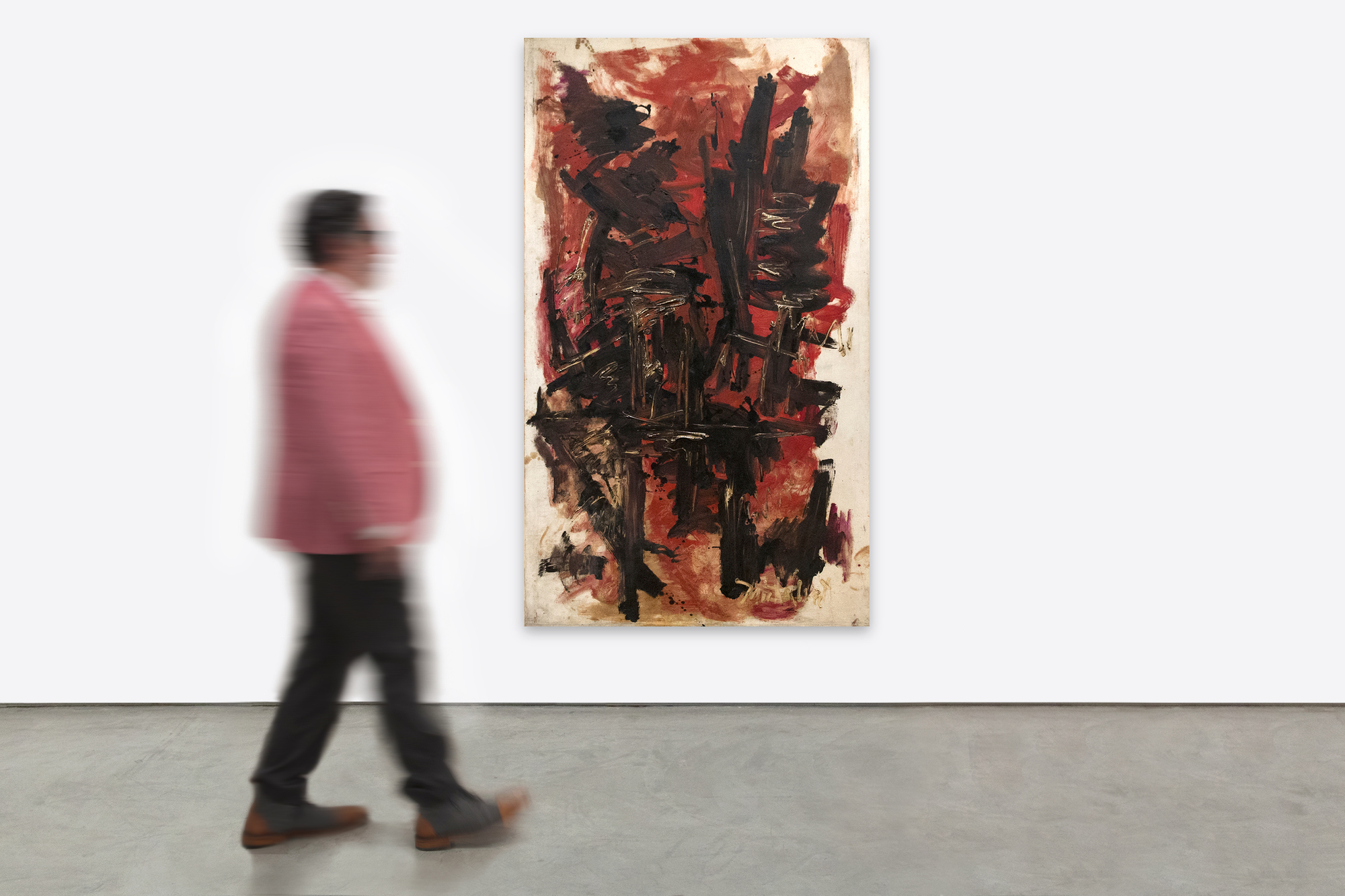
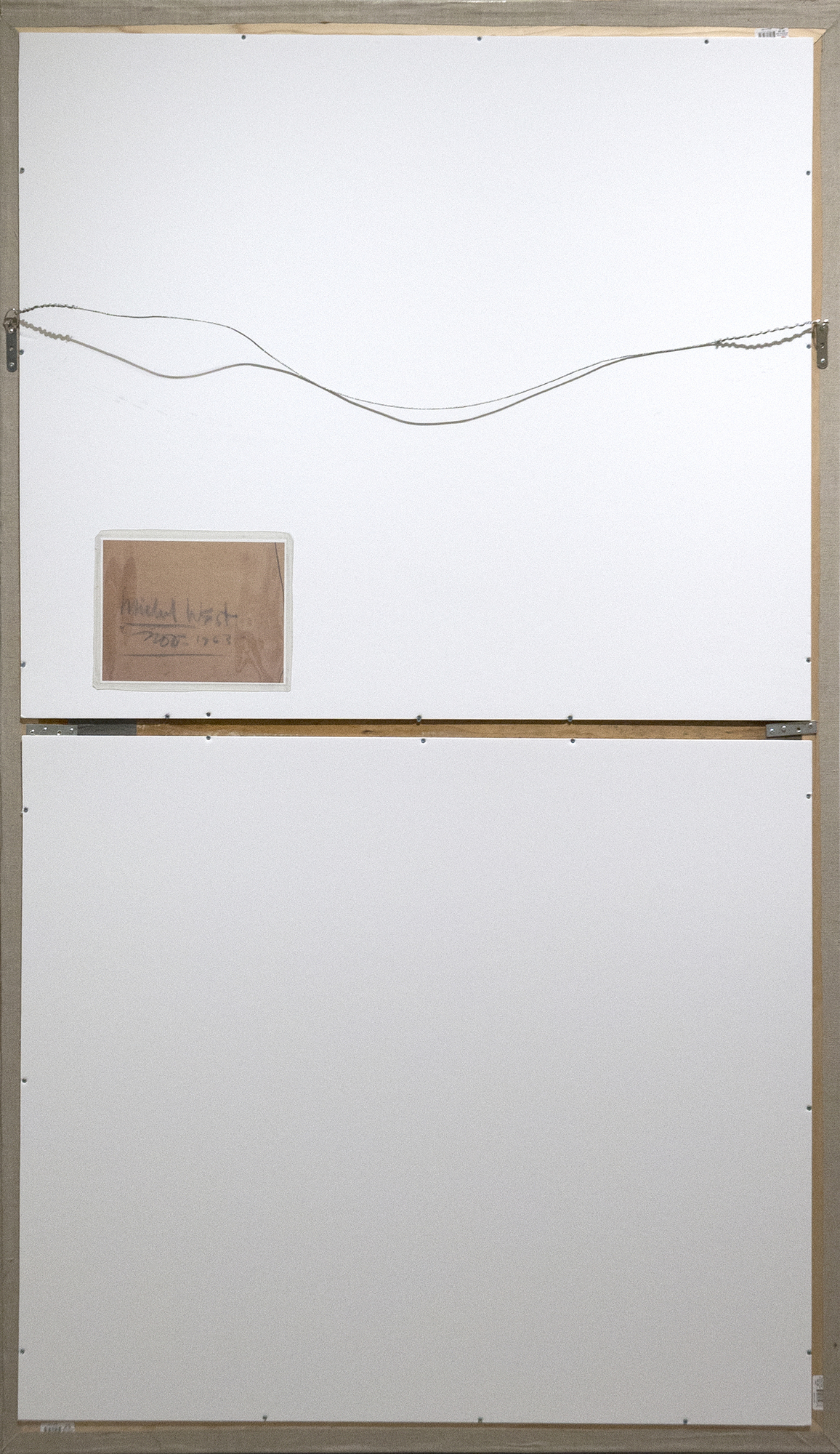
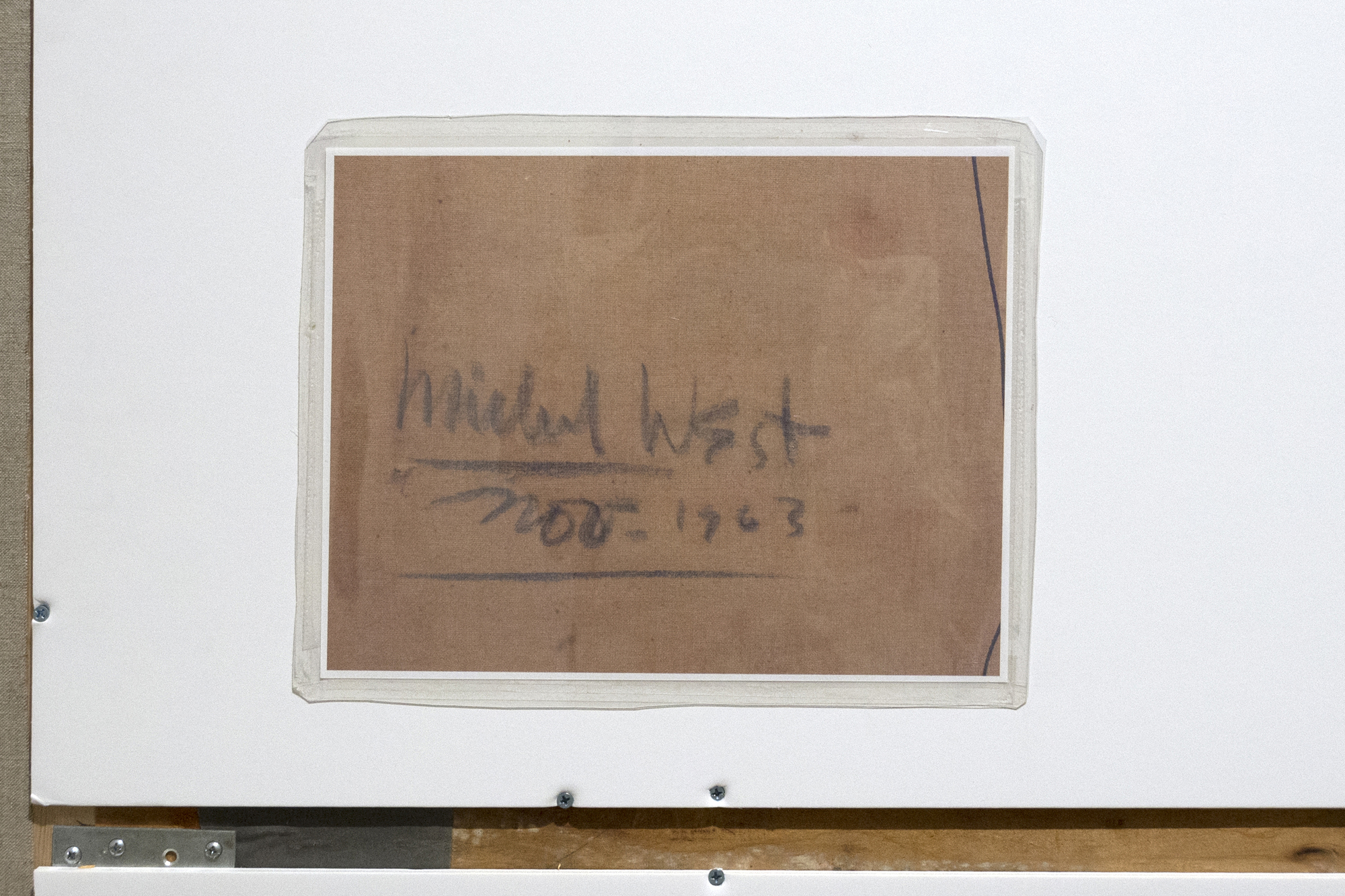
Procedencia
Colección privada, Nueva YorkColección privada
Heather James Bellas Artes
195,000
"El día después", pintado en 1963, es la respuesta visceral y abstracta de West a un momento crucial de la historia de Estados Unidos: el asesinato del presidente John F. Kennedy. Las capas superpuestas de saturados tonos rojo sangre que chocan con contundentes pinceladas de negro sugieren la ruptura de la conciencia nacional y evocan sentimientos de perturbación y confusión, encarnando el dolor interiorizado del artista. West transformó el suceso en una expresión de duelo profundamente personal, capturando el peso del dolor de una nación en una forma que desafía la representación literal, pero que dice mucho emocionalmente.


